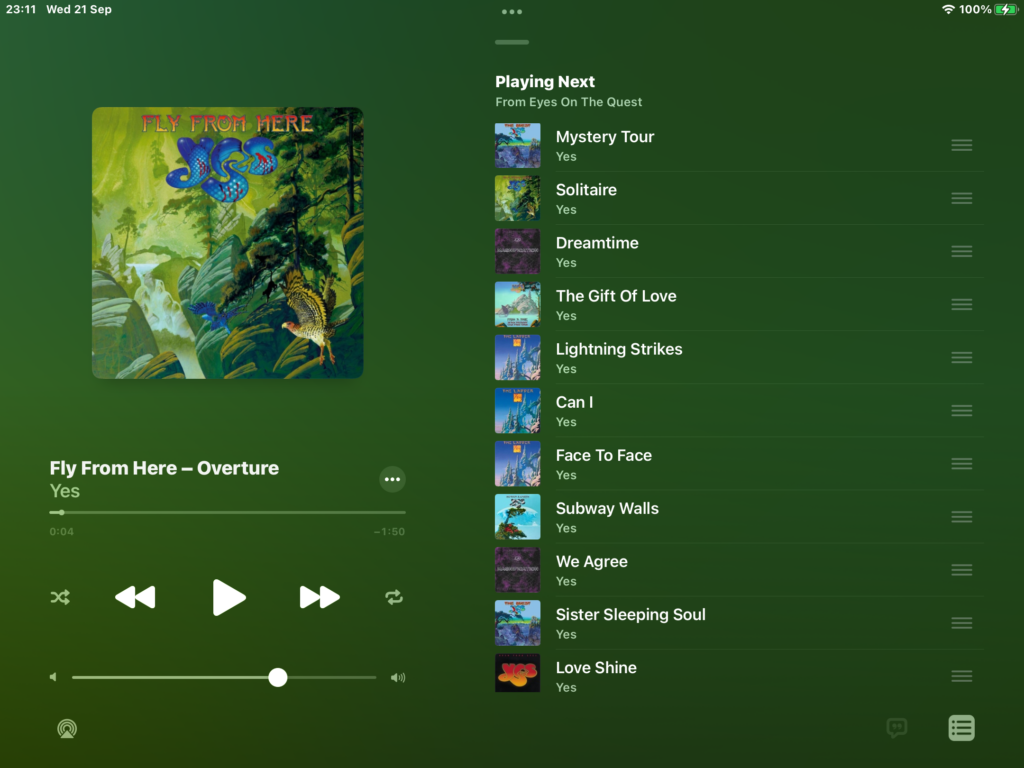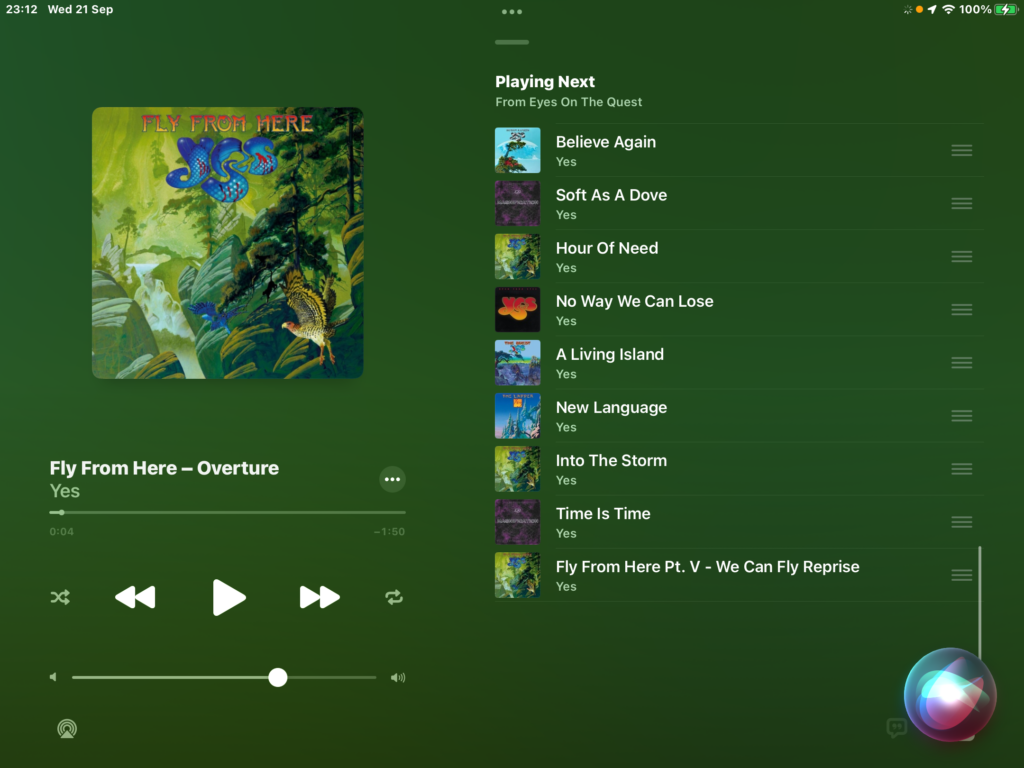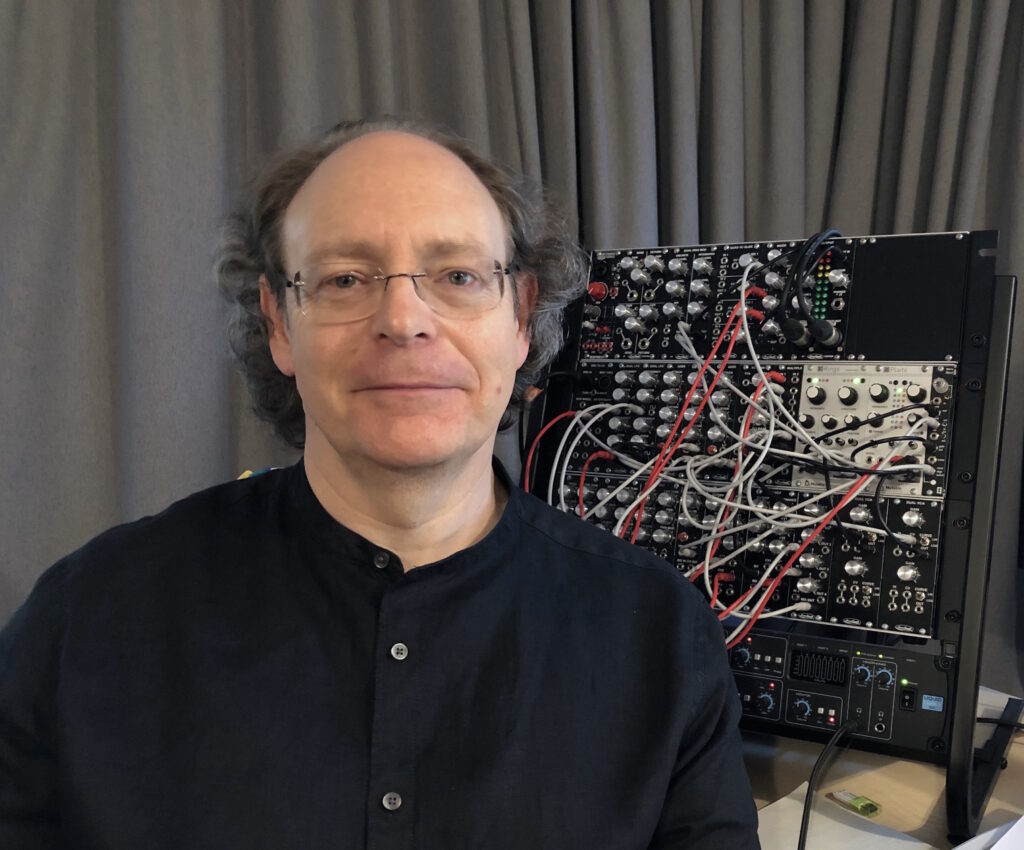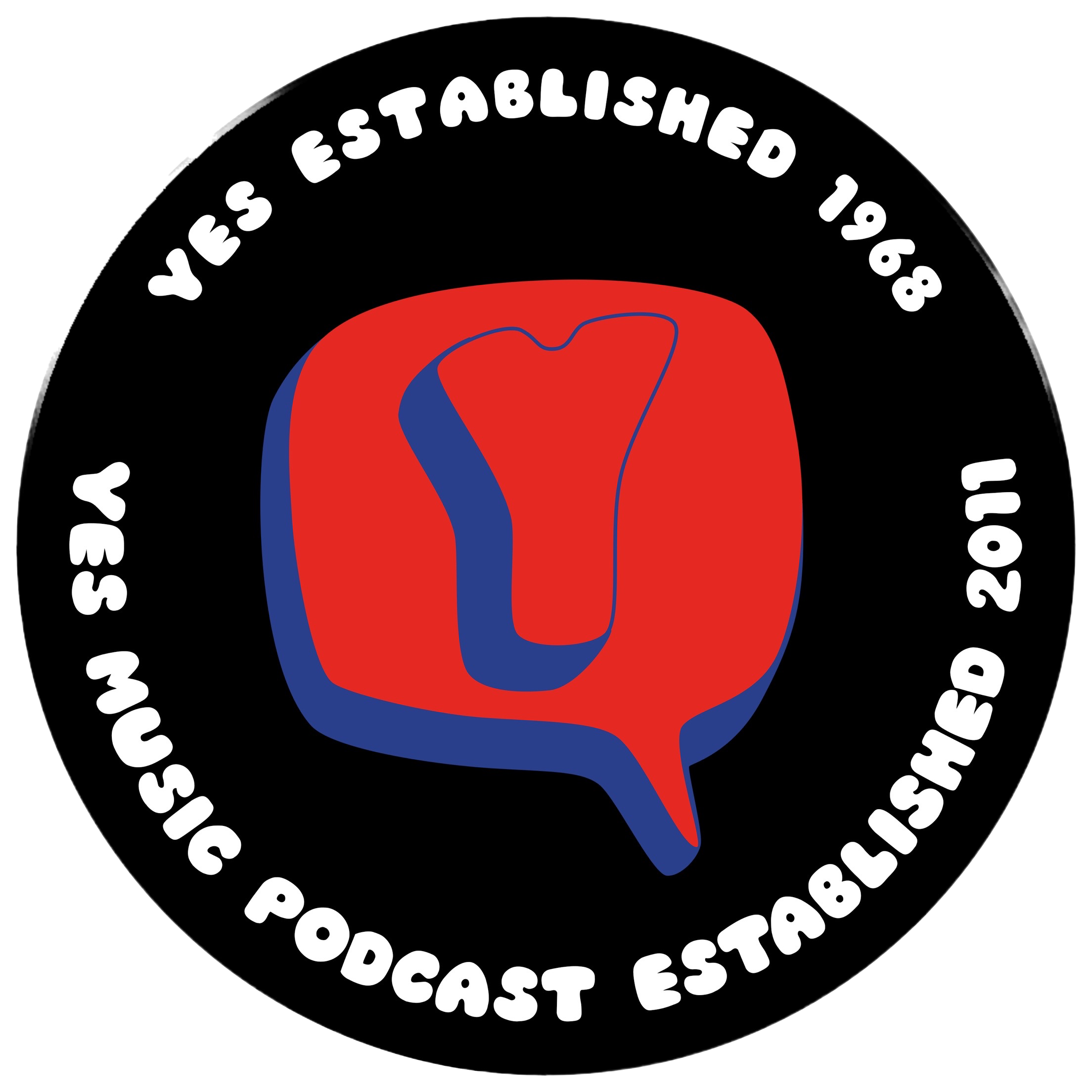Podcast: Play in new window | Download
Subscribe: Apple Podcasts | Spotify | RSS
Produced by Ken Fuller, Wayne Hall and Jeffrey Crecelius
This week we decided to postpone the second part of our Buggles episode because we had the chance to interview James Gardner about Rick Wakeman’s use of the harpsichord. It was a wide-ranging and fascinating discussion and we learned a lot about both the instrument and some of the characters involved with creating the actual instruments Rick used on recordings with Yes.
James has an encyclopedic knowledge of the use of harpsichords in popular music and he mentions a large number of songs which have featured the instrument over the years. I’ve added YouTube videos of each song James refers to in the show notes for this episode. You might want to refer to those while you listen to the interview or come back to them at the end. I found they helped me a great deal.
- What kind of harpsichord did Rick use?
- Who made it?
- Where else can we hear harpsichords in popular music?
Take a listen to the episode and then let us know what you think below!
Mark Lang’s setlist:



Our guest, James Gardner:

Radio NZ Thomas Goff – The Fall and Rise of Harpsichord 6
James’ article about the origin of the VCS3 synth
A James Gardner playlist (music mentioned in the episode)
Facebook has just changed how pages work which means that I’ve had to establish a new place for us to post and discuss Yes-related happenings. It’s a new group entitled, rather creatively, YMP Discussion Group. For the moment it’s open to anyone to join but I’ll be adding rules and joining requirements when I have time. One of the advantages of the new format is that all members of the group have the same ability to post content, so it’s a bit more egalitarian, or somesuch. Please do search for the group and join in.
https://www.facebook.com/groups/3216603008606331/
If you haven’t already done so, please sign up at tormatobook.com to the email newsletter. I’ve already shared 3 updates on the progress of the forthcoming book, TOO CLOSE TO THE EDGE? (not the final title) complete with short extracts from some of the chapters. If you sign up now, for free, you can have access to the newsletters you’ve missed. It really helps to know people are looking forward to reading the culmination of my decades of Tormato obsession.
YMP Patrons:
Producers:
- Ken Fuller
- Jeffrey Crecelius and
- Wayne Hall
Patrons:
| Aaron Steelman | Dave Owen |
| Mark James Lang | Paul Tomei |
| Joost Maglev | David Heyden |
| Martin Kjellberg | Paul Wilson |
| Bob Martilotta | Lind |
| Michael O’Connor | William Hayes |
| Brian Sullivan | David Pannell |
| Miguel Falcão | Lobate Scarp |
| Chris Bandini | David Watkinson |
| Neal Kaforey | Rachel Hadaway |
| Craig Estenes | Dem |
| Paul Hailes | Mark ‘Zarkol’ Baggs |
| Doug Curran | Robert Nasir |
| Fergus Cubbage | Scott Colombo |
| Fred Barringer | Gary Betts |
| Geoff Bailie | Simon Barrow |
| Geoffrey Mason | Stephen Lambe |
| Guy R DeRome | Steve Dill |
| Henrik Antonsson | Steve Perry |
| Hogne Bø Pettersen | Steve Rode |
| Declan Logue | Steve Scott |
| Jamie McQuinn | Steven Roehr |
| Alan Begg | Terence Sadler |
| Michael Handerhan | Tim Stannard |
| Jim | Todd Dudley |
| John Cowan | Tony Handley |
| John Holden | Joseph Cottrell |
| John Parry | Keith Hoisington |
| John Thomson | Barry Gorsky |
Robert and David
Please follow/subscribe!
If you are still listening to the podcast on the website, please consider subscribing so you don’t risk missing anything:


Theme music
The music I use is the last movement of Stravinsky’s Firebird Suite. This has been used as introduction music at many Yes concerts. My theme music is not take from a live concert – I put it together from: archive.org




7 replies on “Rick Wakeman’s Yes harpsichord moments with James Gardner – 553”
Lovely episode.
Personally, I like “Piggies” a lot. The harpsichord on that was played by their engineer at the time, Chris Thomas, later producer of the Sex Pistols, among many others.
An early example of harpsichord in pop music that few people know about is “I Get Around” by the Beach Boys. It doesn’t stand out in the mix at all, but it’s there. You can hear it in the background in the instrumental backing track, which is available on YouTube: https://www.youtube.com/watch?v=OkbTzy8QBBc I guess this was the start of Brian Wilson experimenting with unusual instruments.
Terrific episode. Informative, educational, AND entertaining. It’s always great to hear from someone so articulate and enthusiastic as James, and be carried to so many adjacent musical worlds. My piano teacher is also a harpsichordist, and has let me have a go on her harpsichord. I can attest that despite perhaps looking superficially similar, it is a radically different instrument to play. There’s no “hold down the pedal and hope for the best” fallback. I’d never contemplated that the reason baroque harpsichord music is adorned with trills and mordants is because the instrument has no other form of sustain.
James is dead right about album sequencing as well. I found myself nodding along to his views on the placement of “Madrigal” and the implicit cadences that emerge between successive songs that weren’t composed as part of a suite.
Good also, to hear Dave Greenfield, and the Stranglers generally, praised in the same terms as Yes. I’ve read that Greenfield was inspired by Wakeman and his position in Guildford’s most transcendent pub rock band exemplified the prog ideal of putting elements together that on paper sound as though they shouldn’t work.
Thanks for the kind comments, Dave. I ought to have said something about the lack of sustaining pedal on the harpsichord, so thanks for mentioning that.
Fantastic show! I’ve loved harpsichords since first hearing them in the late 60s. Thanks so much for the videos as it saved time searching for each of them! I also know that Rod Argent used the Beatles harpsichord on The Zombies classic album “Odessey and Oracle.”
A great conversation. I very much look forward to hearing more from James in the future. There’s a short article on Goff here, https://www.baroquemusic.org/goff.html – including a link to a recording of the late George Malcolm’s ‘Variations on a Theme of Mozart’, which was written particularly for Goff’s instrument, and illustrates some modern stop-changing and dynamic variation.
In the Yes vein, Patrick Moraz plays harpsichord (a Goble) with Steve Howe on the title track from “Beginnings”. The video, remastered by Bruno Samppa, can be viewed here: https://youtu.be/amPymp3hF5g Moraz also uses the instrument on his 1978 eponymously titled solo album.
By the way, I rather like that dodgy, detuned B (and similar) on “Madrigal”. It adds to the quirky feel of the track, which along with “Future Times/ Rejoice” and ‘On the Silent Wings of Freedom” is one of the three standout tracks on ‘Tomato’ for me.
Thanks for your kind words, Simon, and for the additional information – I wasn’t aware of that Howe/Moraz video!
Re the Goff, the current owner of Harpsichord 6 demonstrates some of the different registers on the instrument here:
https://www.rnz.co.nz/concert/programmes/sundayfeature/audio/201821643/donald-nicolson-plays-the-beast
Which is a supplement to the main programme here:
https://www.rnz.co.nz/concert/programmes/sundayfeature/audio/201797637/the-fall-and-rise-of-harpsichord-6
Cheers, Jim
Delightful and insightful! James Gardner was a fantastic guest.
Random question: for what kind of audience were those old music videos like Madrigal made? Those were the days before MTV (first video played there by the Buggles). I rather liked the somewhat bizarre staging of Madrigal, actually…